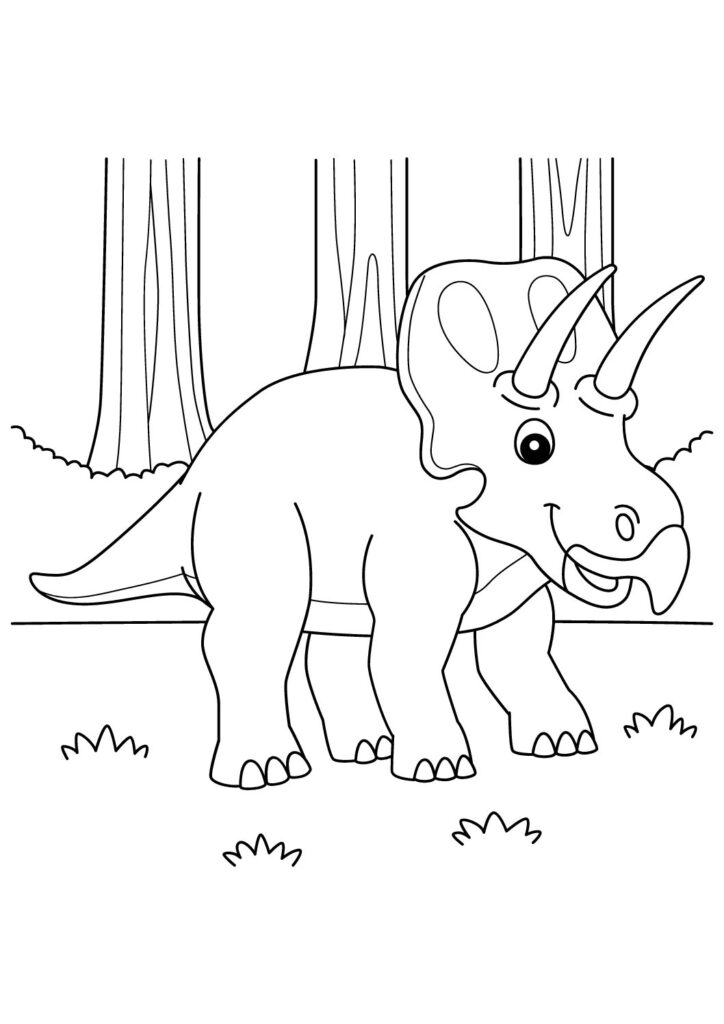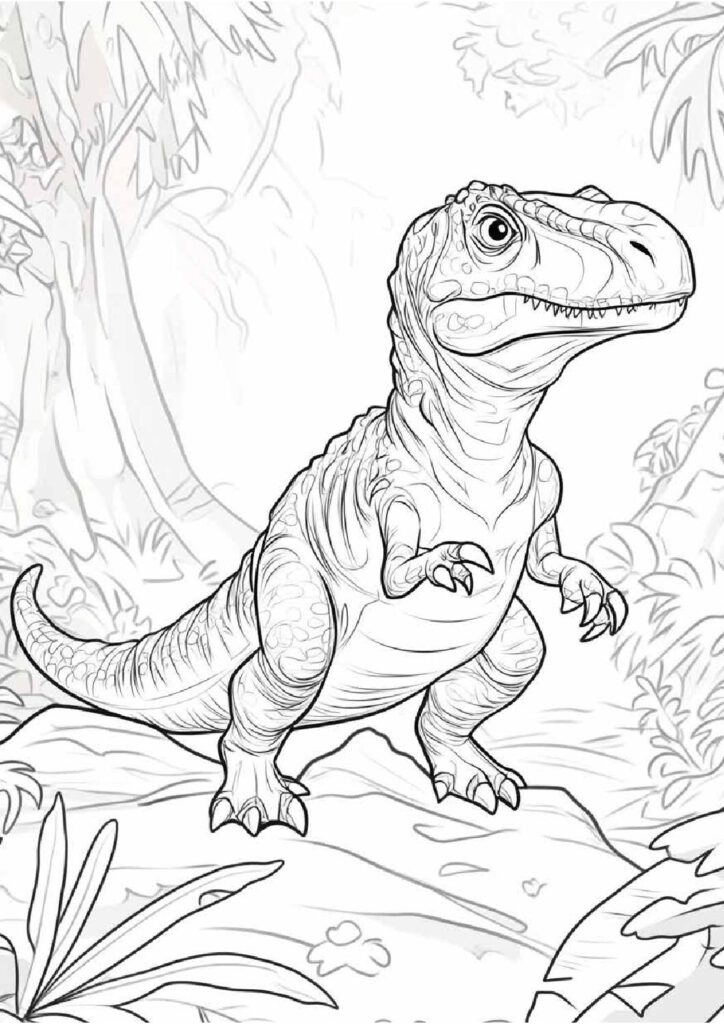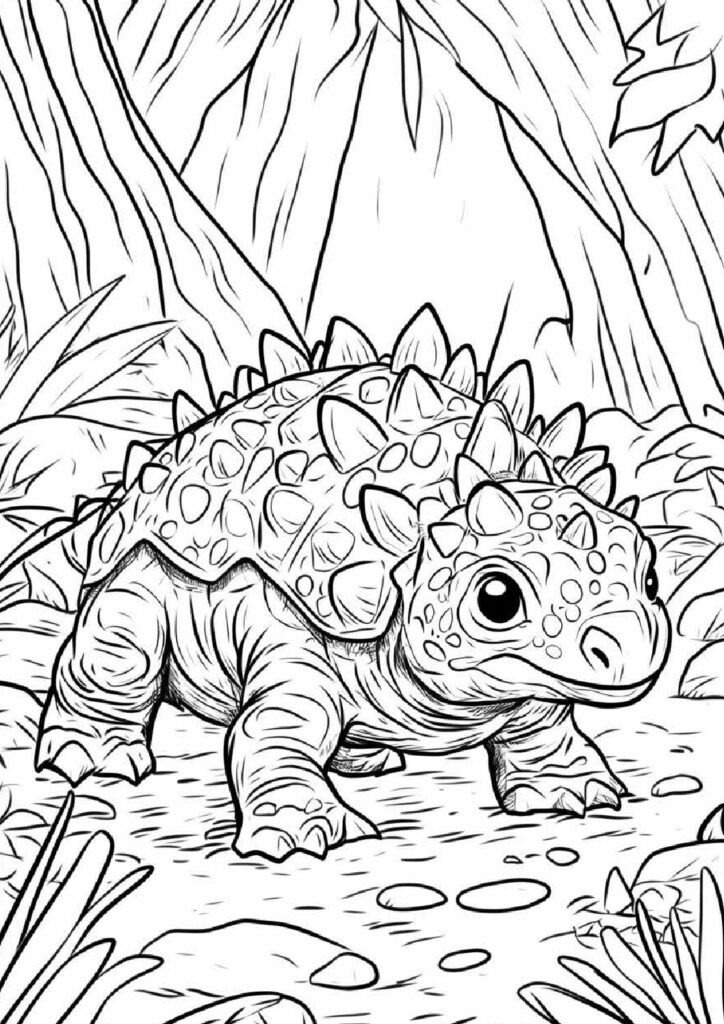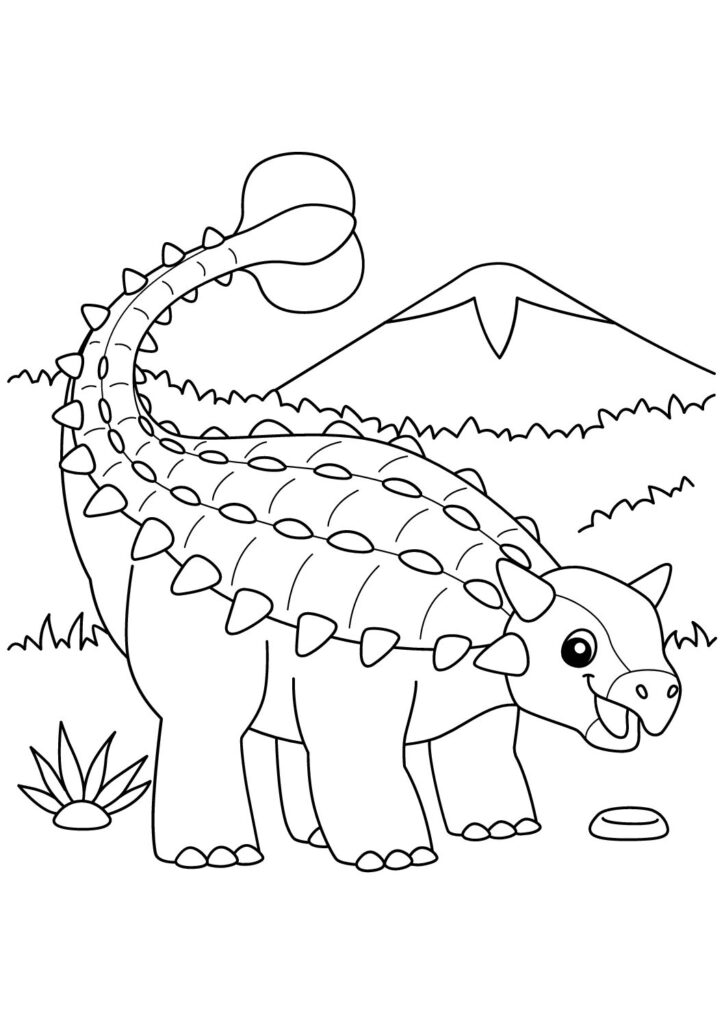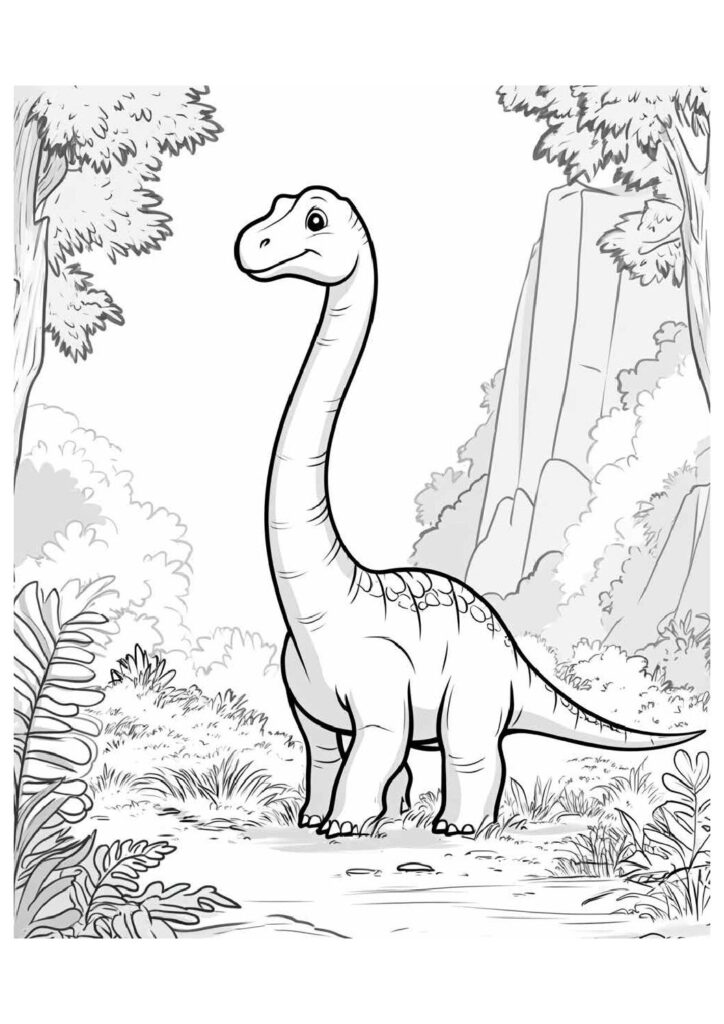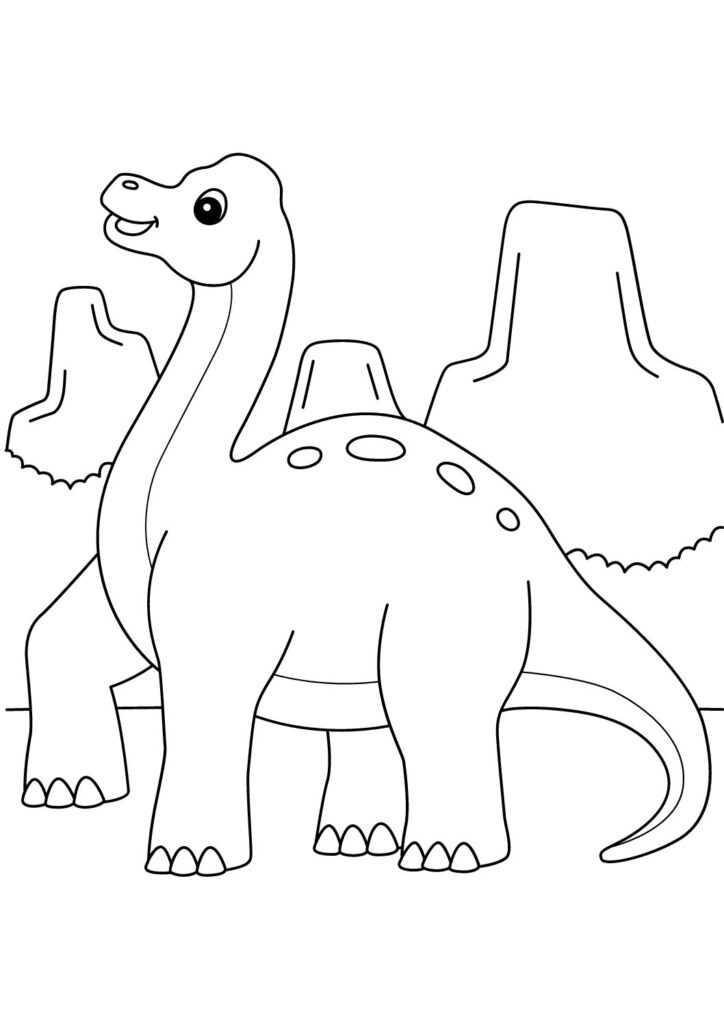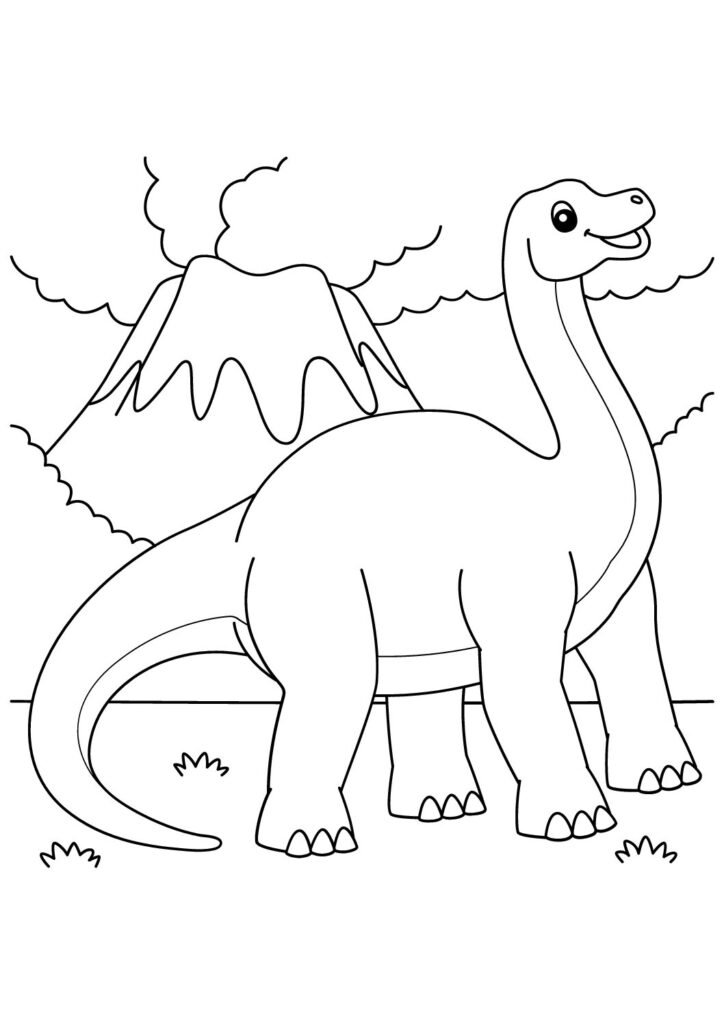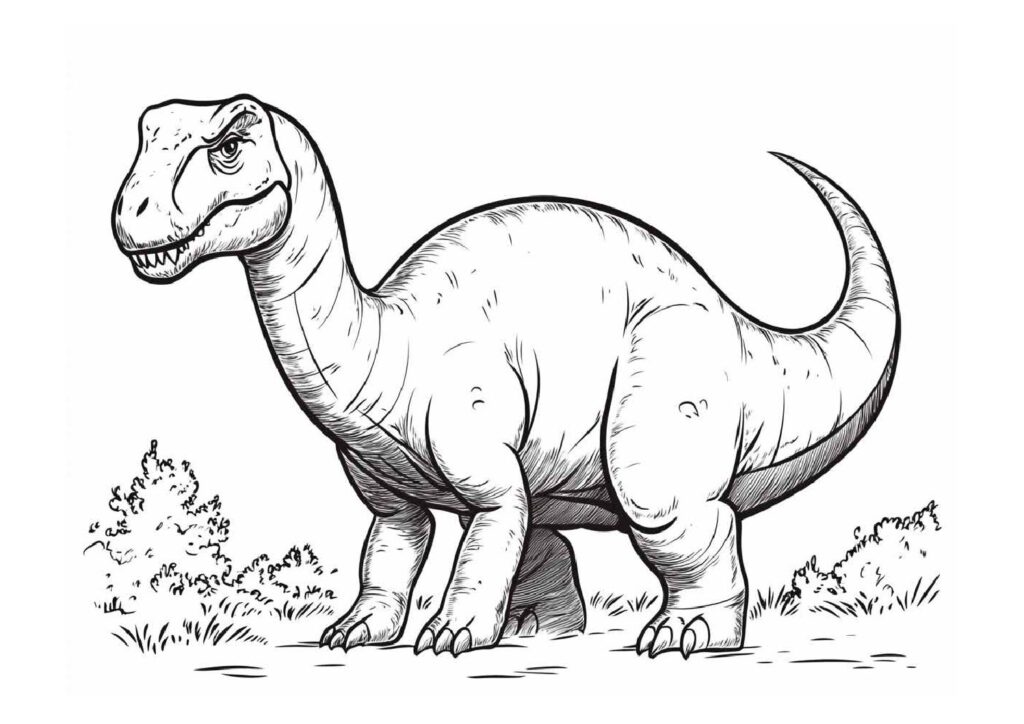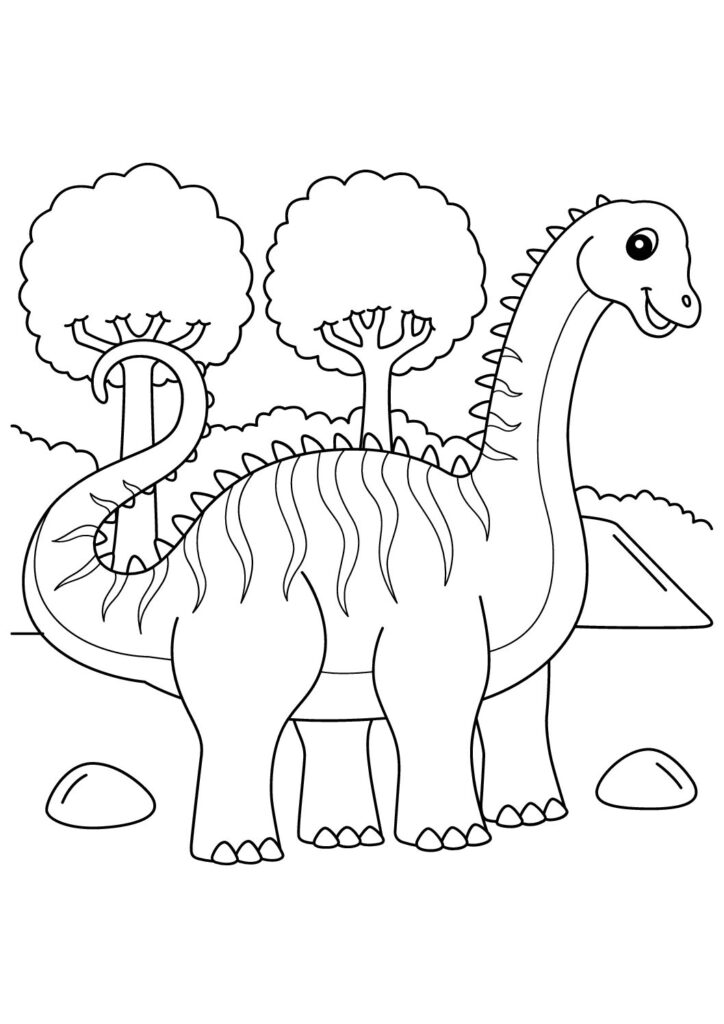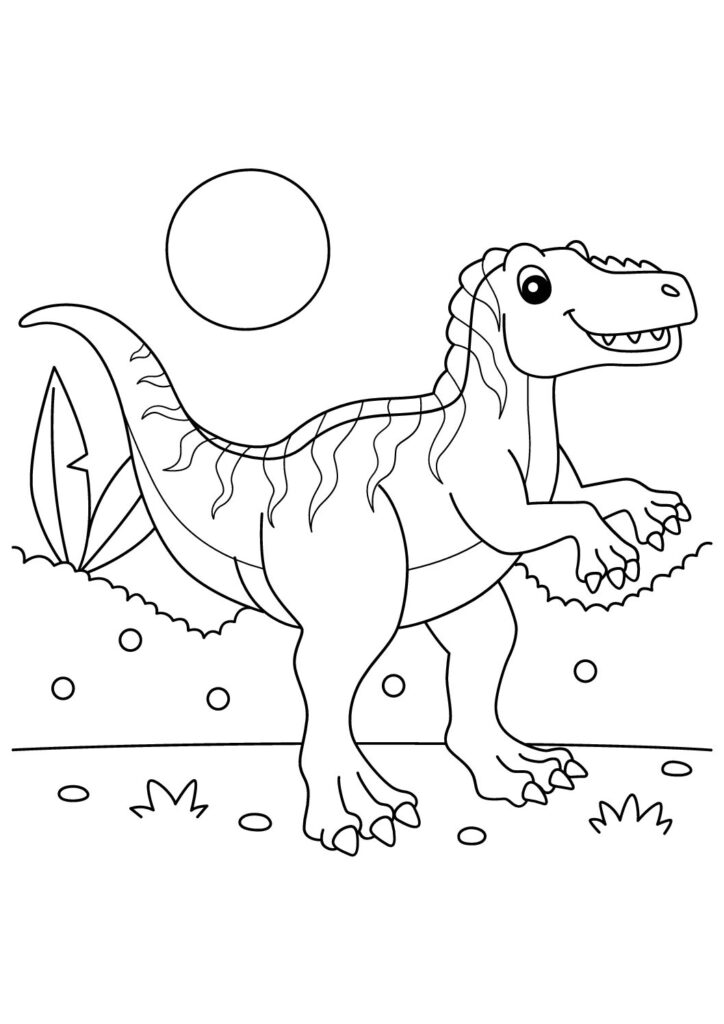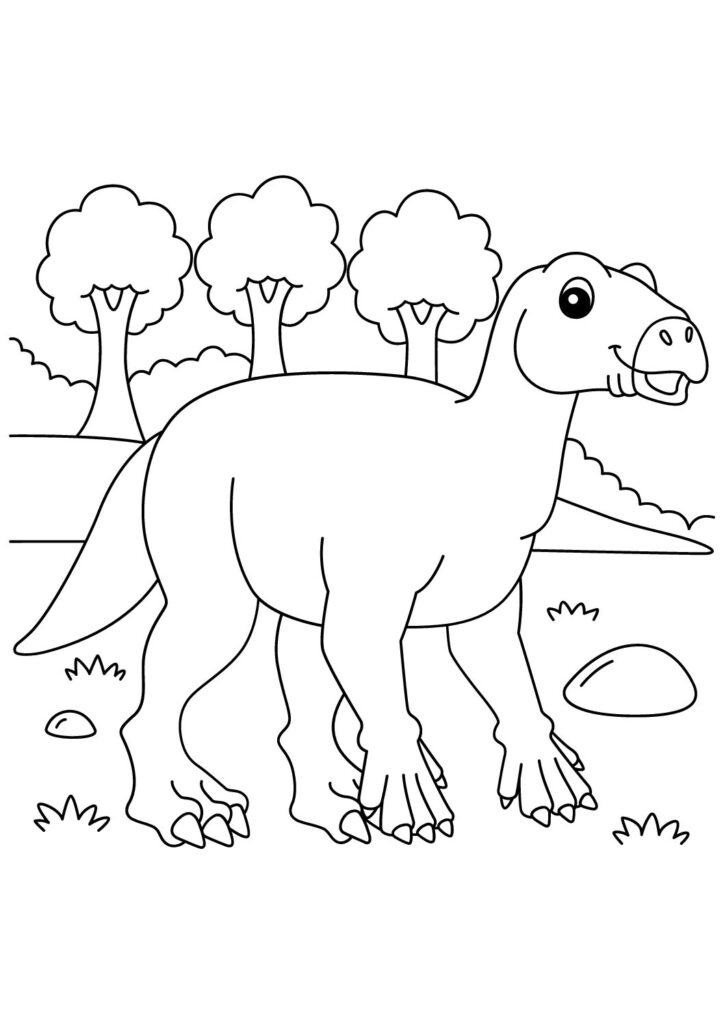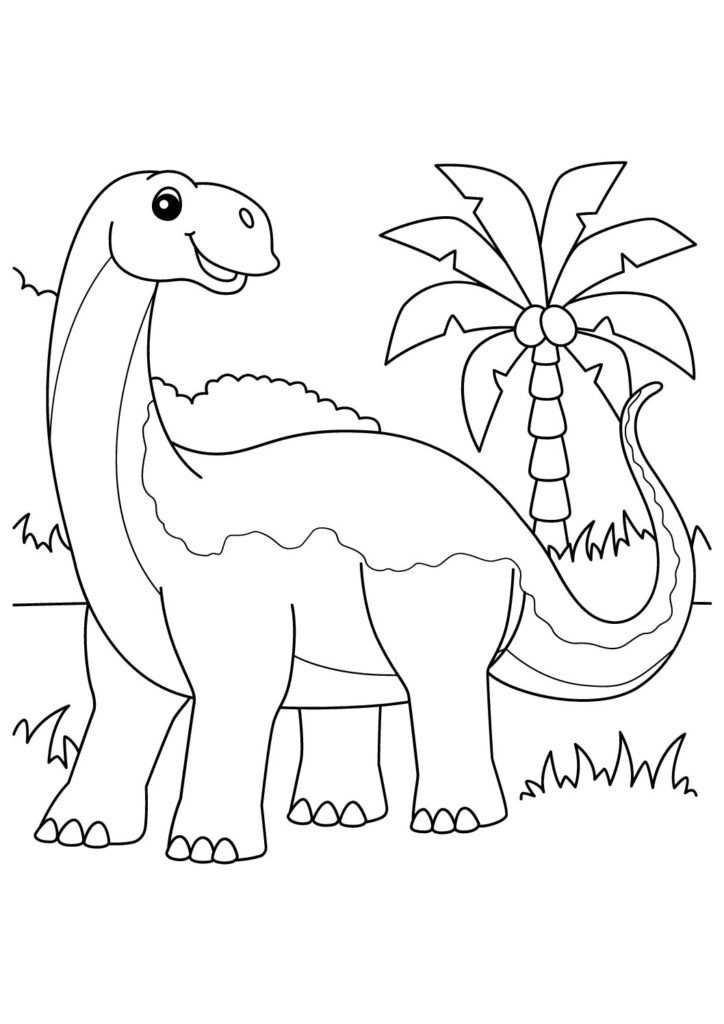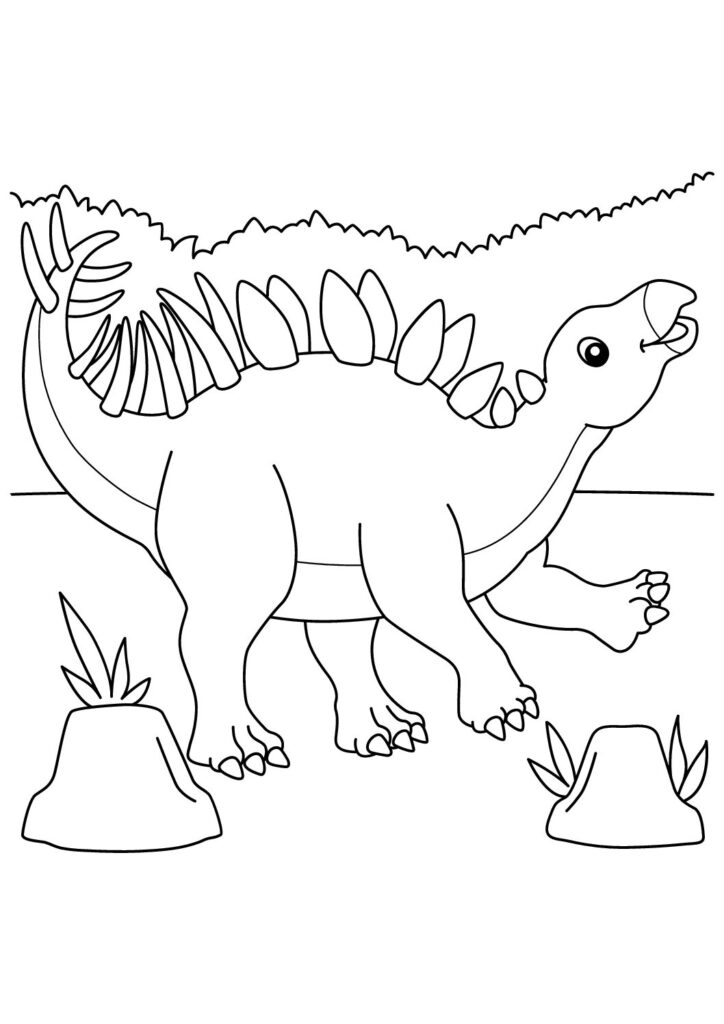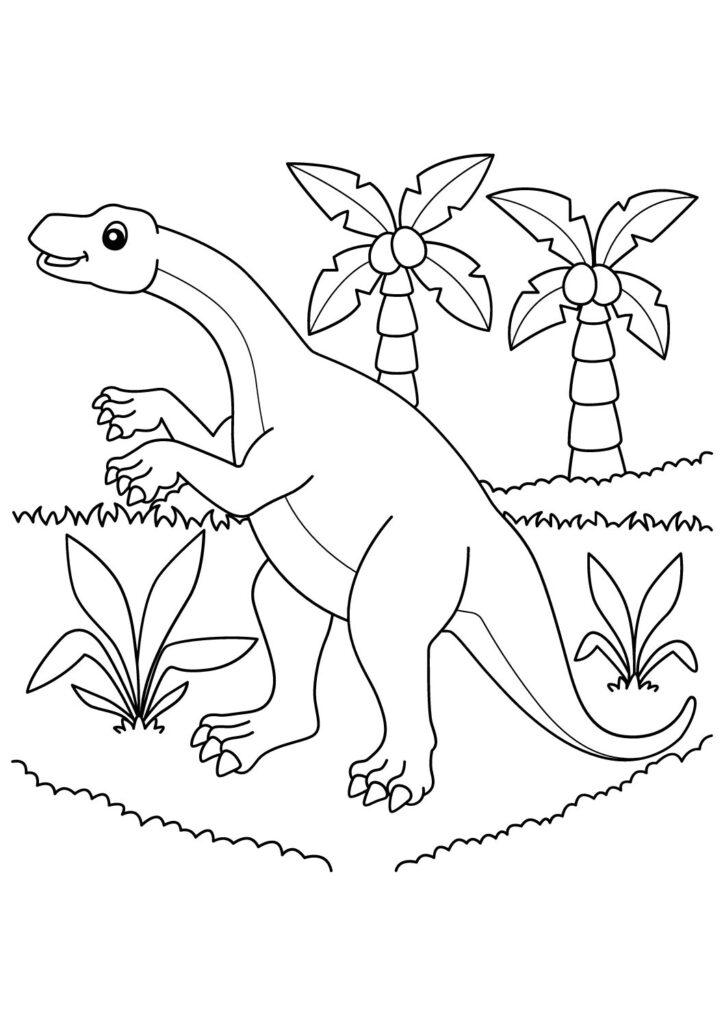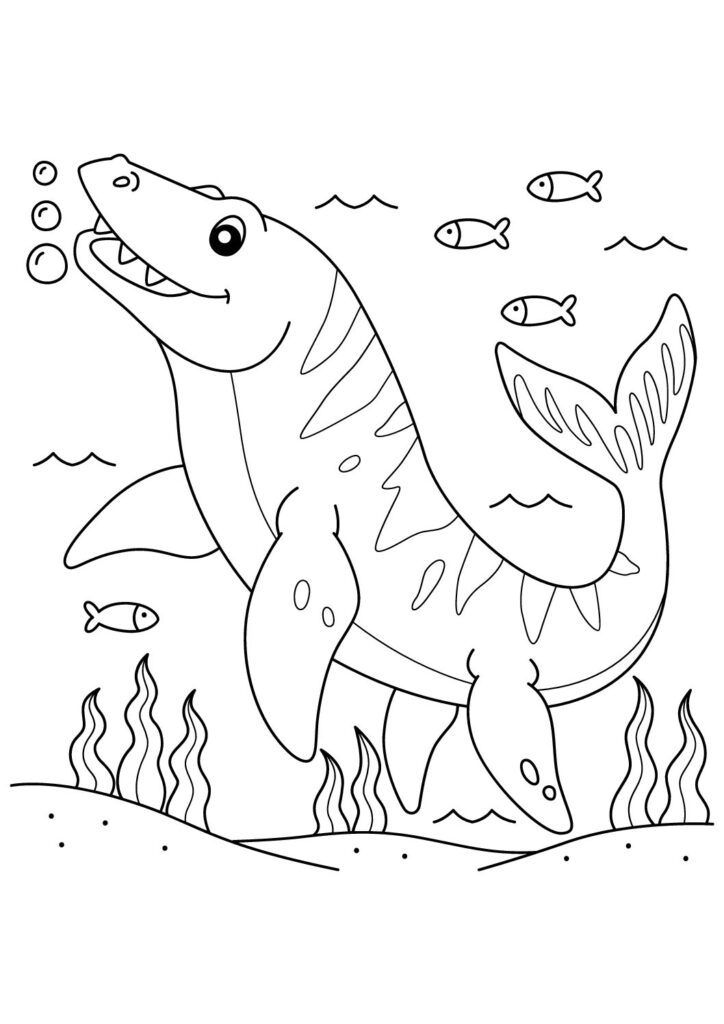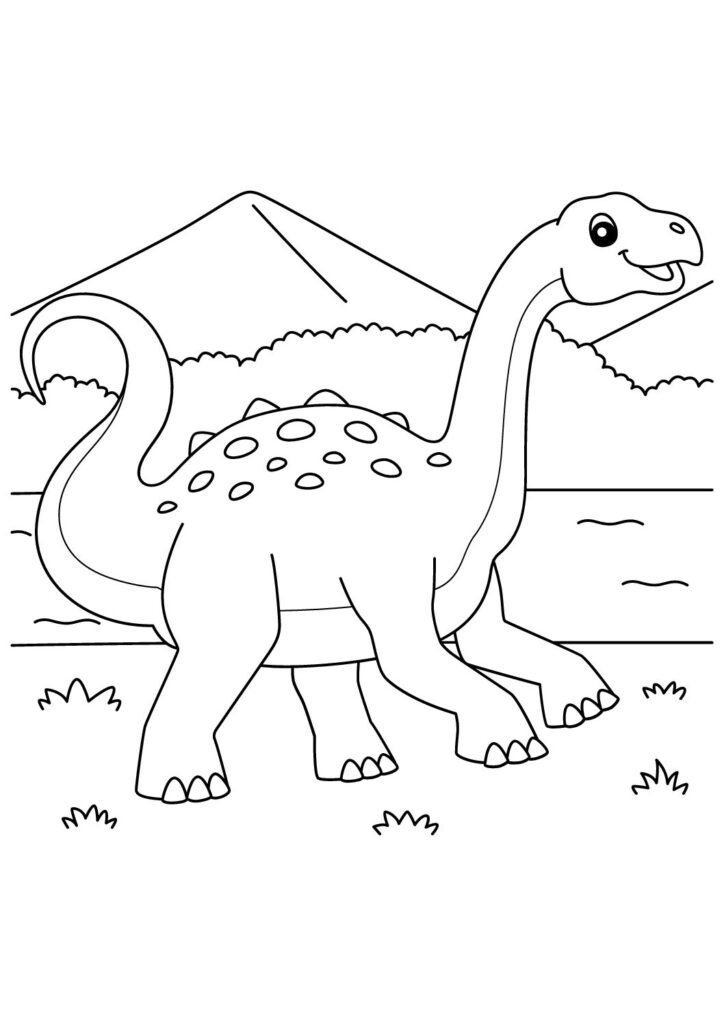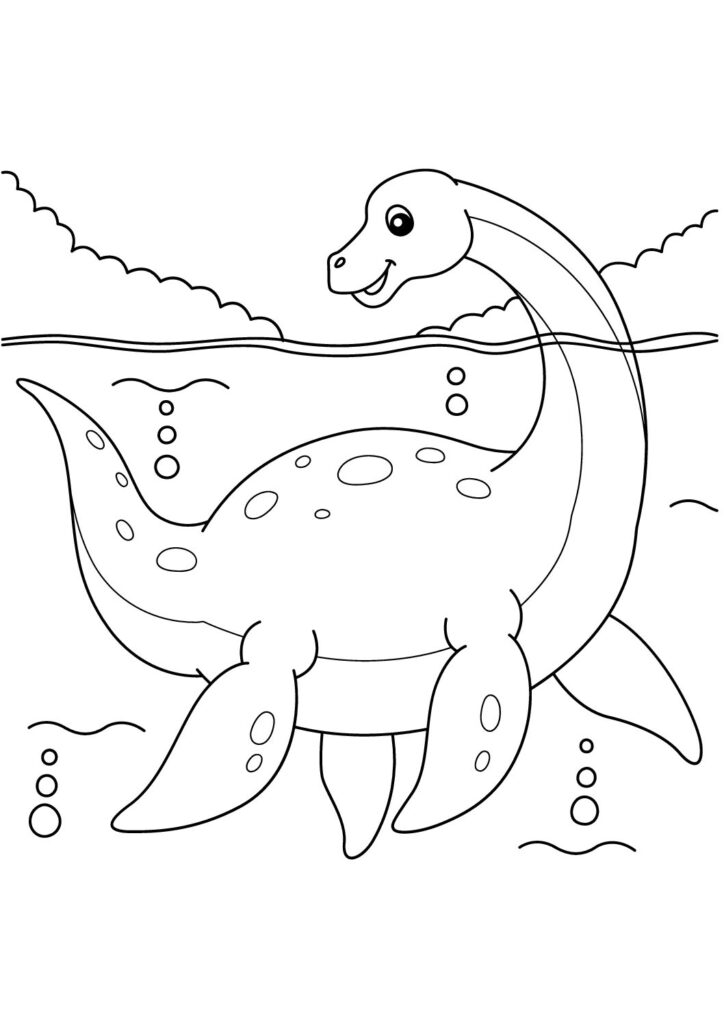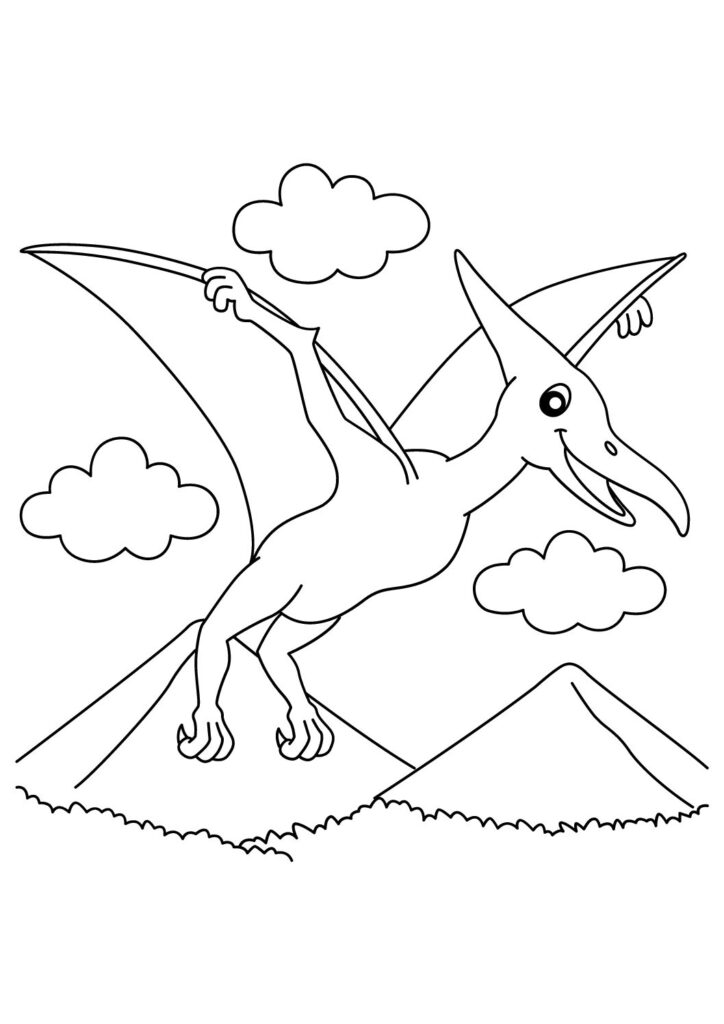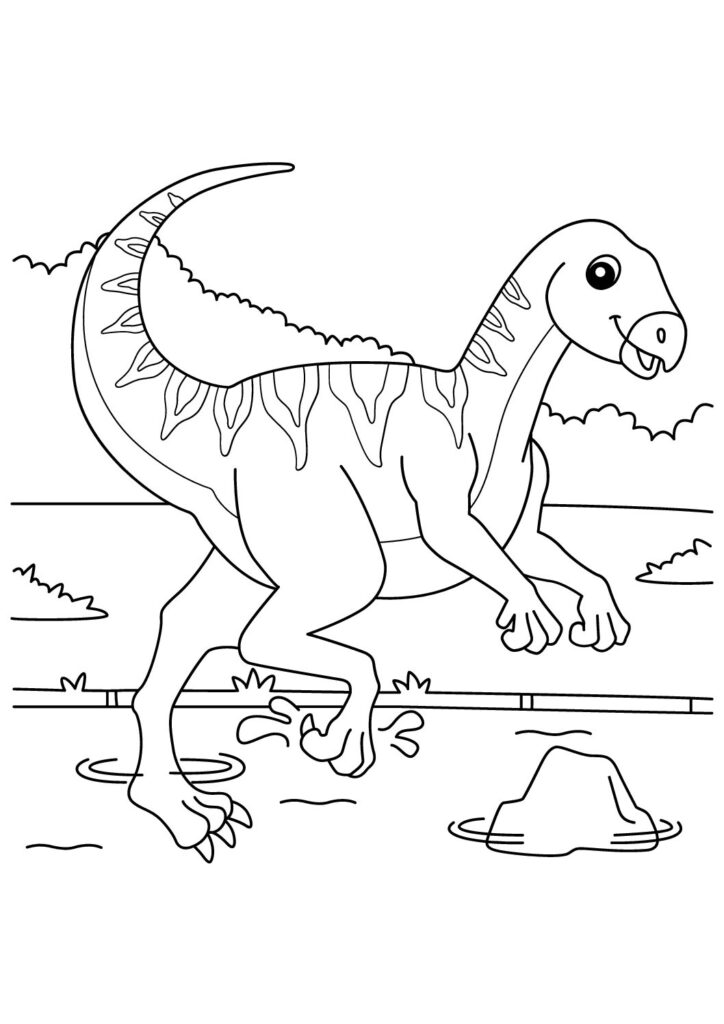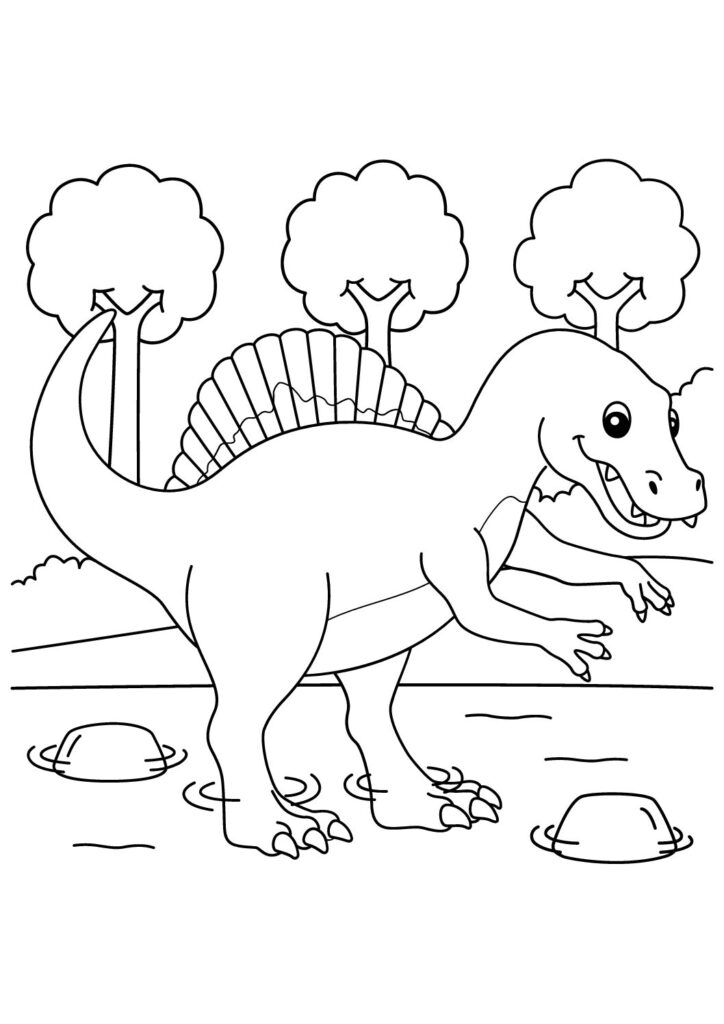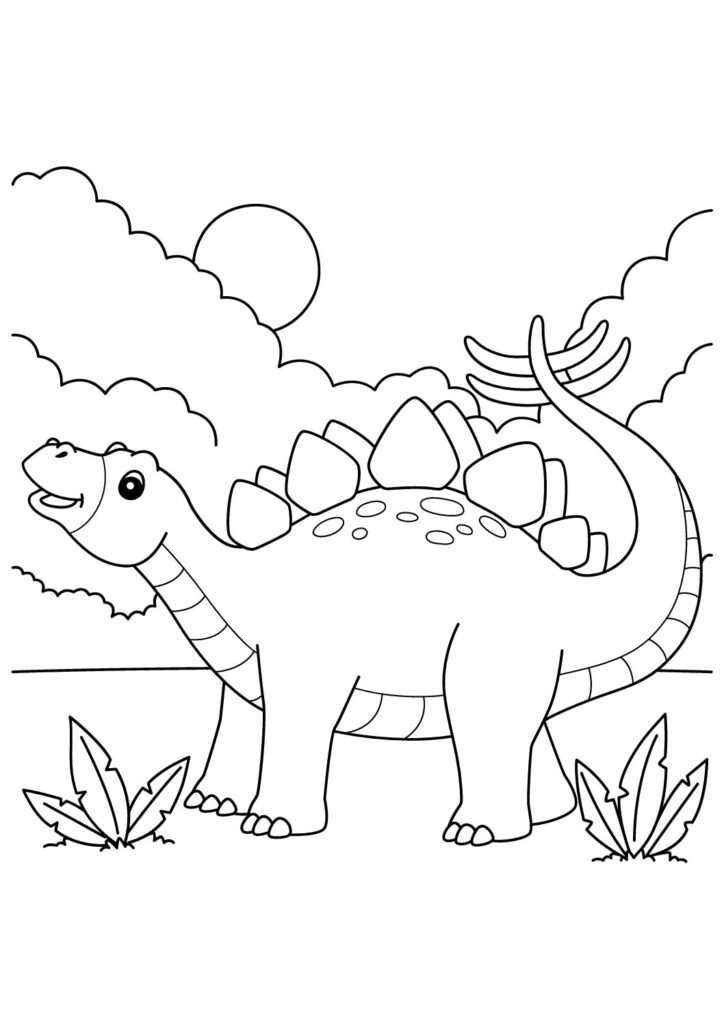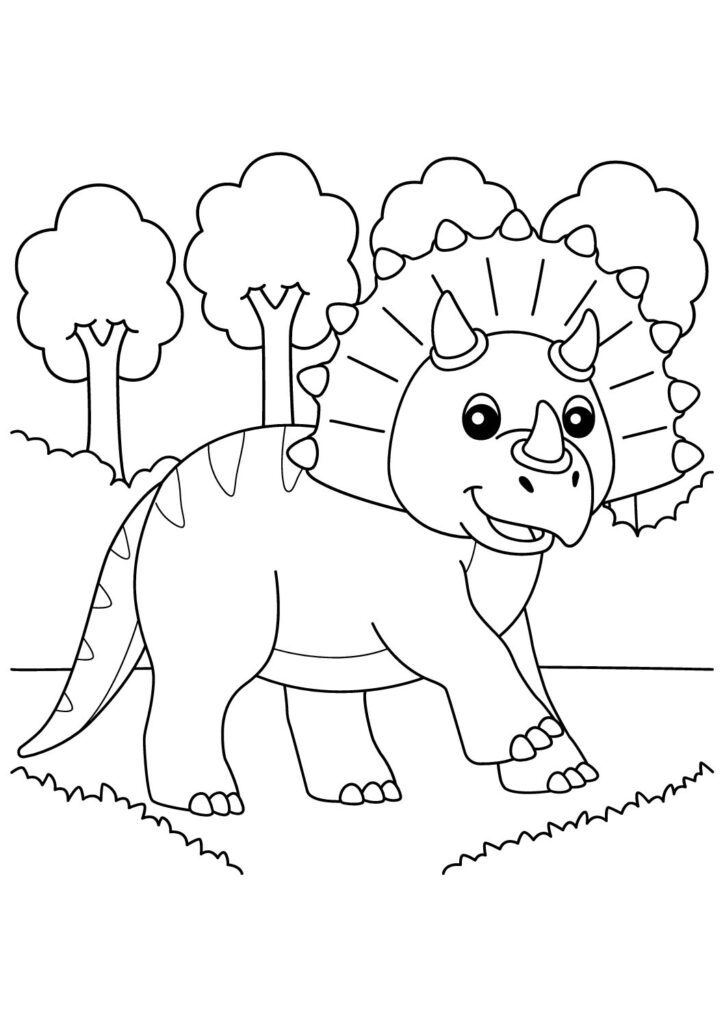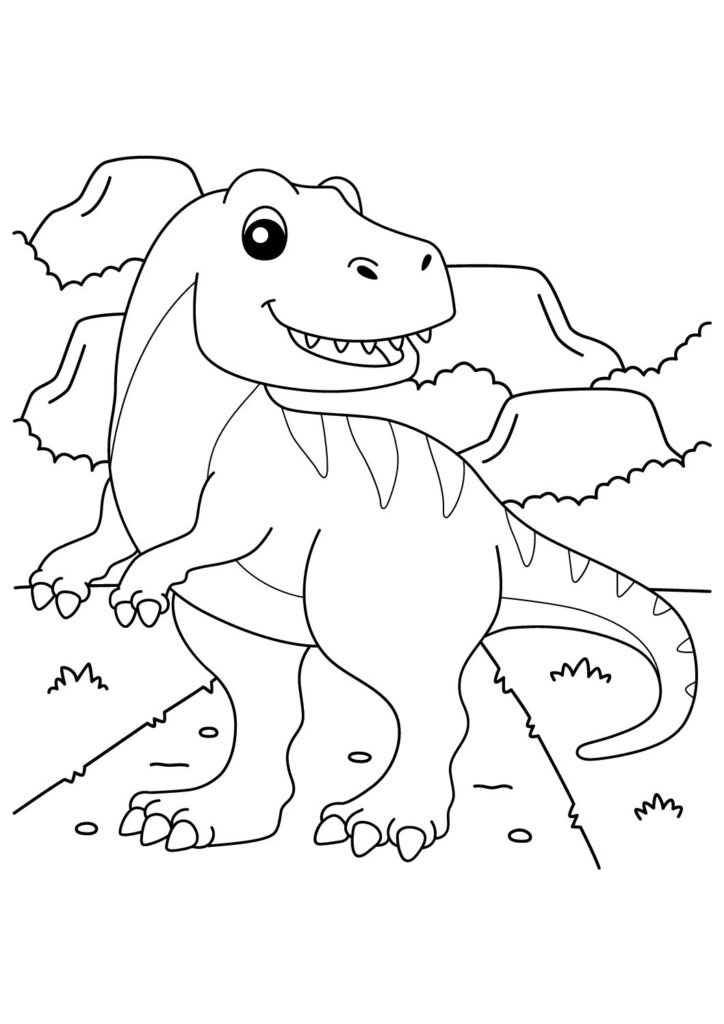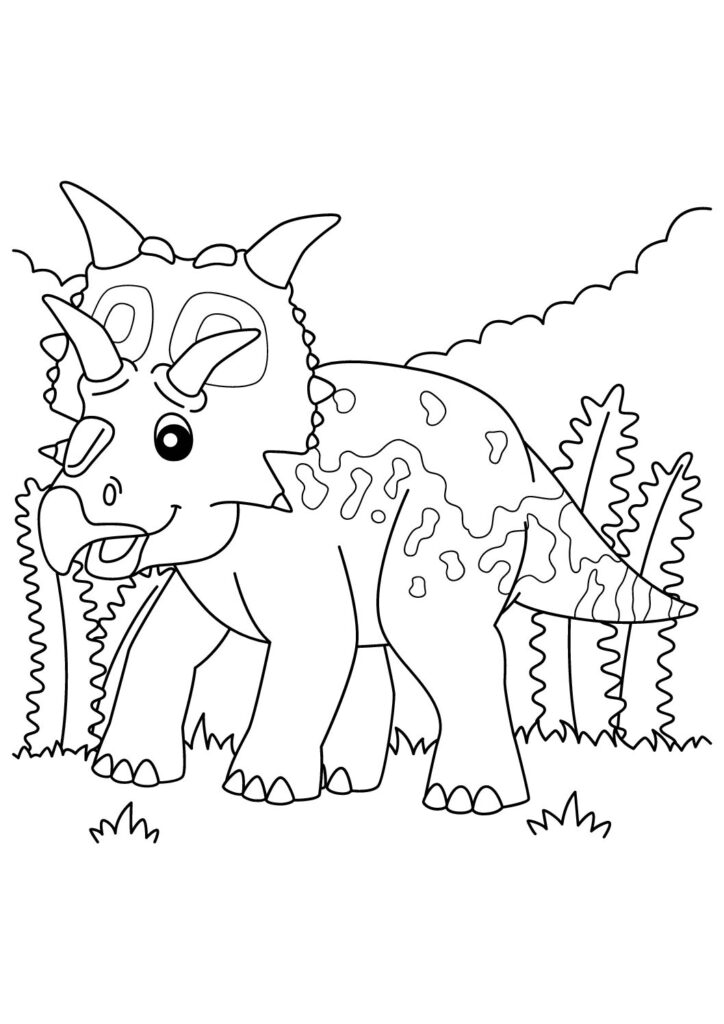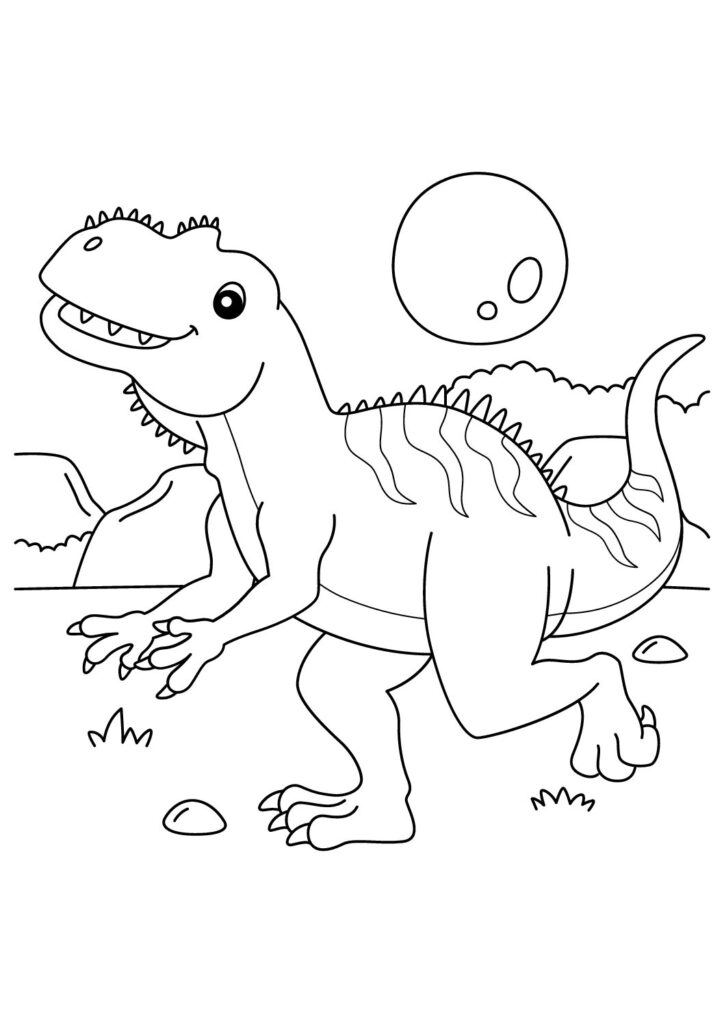1 Free Zuniceratops Coloring Pages for Download (Printable PDF)

Bound into our free printable collection of Zuniceratops coloring pages featuring these primitive horned dinosaurs in their agile poses! Download these high-quality sheets showcasing these early ceratopsians with their developing brow horns, modest neck frills, and nimble bodies displaying their evolutionary importance. Perfect for kids and dinosaur enthusiasts, these detailed prehistoric coloring pages capture the groundbreaking nature of these plant-eating creatures known for helping scientists understand the origins of later giants like Triceratops. Each printable sheet brings these amazing Late Cretaceous pioneers to life, highlighting their emerging horns, smaller frills, and dynamic presence in the ancient New Mexico landscape!
Pioneering Zuniceratops Facts: The Complete Guide to America's Transitional Horned Dinosaur
Introduction
Zuniceratops christopheri represents one of North America’s most significant ceratopsian discoveries, inhabiting what is now New Mexico during the middle-late Turonian stage of the Late Cretaceous period approximately 91-90 million years ago. This remarkable dinosaur, whose name honors both the Zuni people of the discovery region and young fossil hunter Christopher Wolfe, fundamentally altered scientific understanding of horned dinosaur evolution by filling a crucial gap between earlier small ceratopsians and the larger, more elaborate forms that would later dominate Late Cretaceous ecosystems.
Evolutionary Bridge
Zuniceratops holds extraordinary evolutionary significance as the earliest known ceratopsian with true brow horns, representing a crucial transitional form between small, hornless basal ceratopsians like Protoceratops and the larger, more elaborate horned dinosaurs that would later evolve. This “missing link” discovery demonstrated that prominent brow horns evolved approximately 10 million years earlier than previously recognized, fundamentally revising scientific understanding of ceratopsian development in North America.
Physical Characteristics
This medium-sized ceratopsian measured approximately 11-12 feet in length and stood about 3-4 feet tall at the hip, weighing an estimated 200-300 pounds. Its most distinctive features included two prominent brow horns extending from above its eyes and a relatively modest neck frill lacking the elaborate ornamentation of later ceratopsians, while its teeth showed the beginning of the complex dental batteries that would become more developed in its larger descendants.
Scientific Discovery
In 1996, eight-year-old Christopher Wolfe discovered the first Zuniceratops remains while accompanying his father, paleontologist Douglas Wolfe, during fieldwork in the Moreno Hill Formation of western New Mexico. This remarkable discovery by a child demonstrates the democratic nature of paleontological discovery, while the subsequent scientific description in 1998 by paleontologists Douglas Wolfe and James Kirkland established Zuniceratops’s pivotal importance in ceratopsian evolution.
Transitional Features
Zuniceratops displayed a fascinating mosaic of primitive and advanced characteristics that illuminate ceratopsian evolution. While possessing the brow horns typical of later large ceratopsians, it retained more primitive features including teeth with only a single replacement at each position rather than the complex dental batteries of later forms, and a modestly developed frill lacking the elaborate ornamentation seen in subsequent ceratopsians like Triceratops.
Paleoenvironment
During Zuniceratops’s time, western New Mexico featured a warm, semi-arid environment with seasonal rainfall supporting diverse plant communities near an inland sea. This productive ecosystem harbored various dinosaur species including the theropod Suskityrannus (a small tyrannosaur relative) and early hadrosaurs, creating a complex Middle Cretaceous community that bridges the gap between earlier and later Cretaceous ecosystems in western North America.
Research Importance
The discovery of Zuniceratops triggered renewed interest in Middle Cretaceous deposits that had previously received less scientific attention than the dinosaur-rich formations of the latest Cretaceous. This research focus has subsequently yielded numerous important discoveries that illuminate a critical interval in dinosaur evolution, demonstrating how transitional forms like Zuniceratops provide crucial context for understanding the development of the more extreme specializations seen in later dinosaur species.
